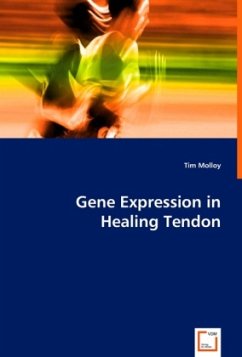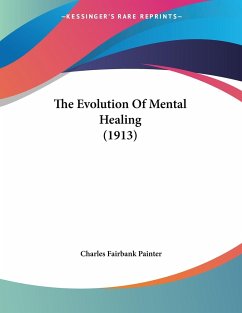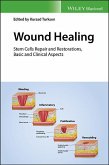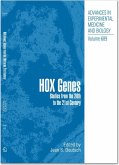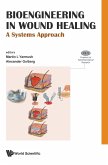Tendon injury is painful and often debilitating, and is a one of the most prevalent soft tissue injuries encountered in the clinic. While common, the underlying molecular and genetic processes of tendon damage and repair remain poorly understood. This work describes three recent studies utilizing genome-wide expression analyses to investigate tendon injury and healing. The first study identified novel gene expression in tendon fibroblasts following their stimulation with nitric oxide (NO). The second study examined gene expression in an acute tendon injury model in the rat at the inflammation, proliferation, and remodelling phases of wound repair. Finally, gene expression in a supraspinatus tendinopathy model in the rat was investigated. The results of these studies contribute to a better understanding of the aetiology of several extremely common pathologies of this soft tissue, and may help to develop more targeted therapies for increasing the efficacy of tendon healing in future.

